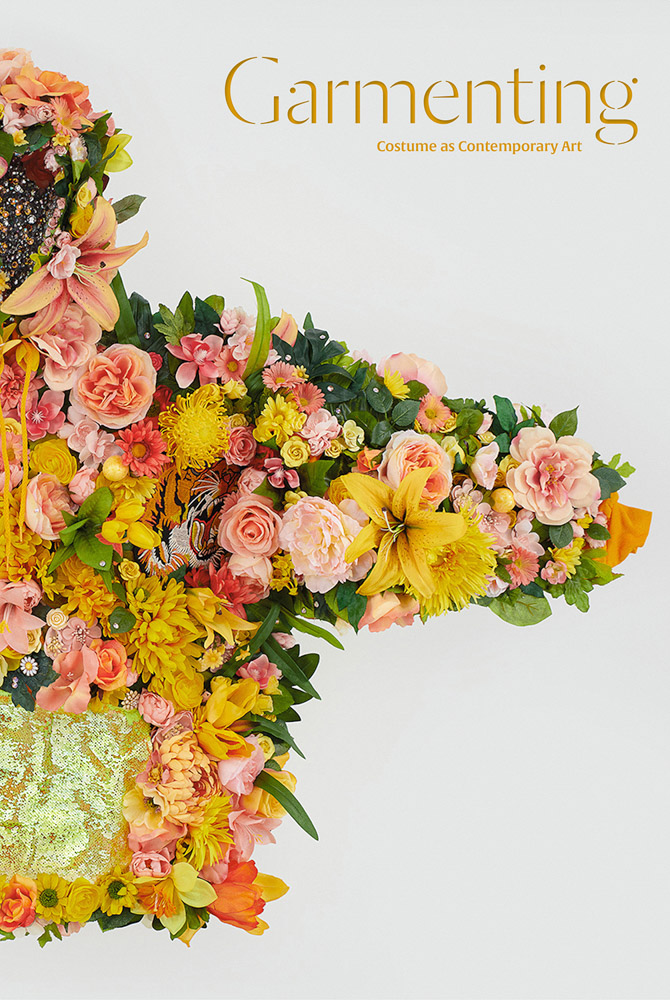
Adjunct Professor
Alexandra Schwartz
- School of Graduate Studies | School of Liberal Arts
- Art Market Studies | History of Art
Garmenting
Costume as Contemporary Art
Chronicling contemporary art’s engagement with costume, Garmenting: Costume as Contemporary Art shows how visual artists around the globe are using garments to examine issues of subjectivity, identity and difference. Featuring 35 international artists, Garmenting is organized around five interrelated themes: functionality, cultural difference, gender, activism and performance.
Pioneered by artists such as Louise Bourgeois, garmenting as an artistic strategy emerged during the 1960s and ’70s, and came to further prominence during the 1990s, with work by artists such as Nick Cave, Yinka Shonibare and Andrea Zittel, and has flourished in recent years.
Artists include: Xenobia Bailey, Raphaël Barontini, Sanford Biggers, Karina Bisch, Zoë Buckman, Nick Cave, Enoch Cheng, Sylvie Fleury, Jeffrey Gibson, Annette Messager, Mark Newport, Raul de Nieves, Wanda Raimundi Ortiz, Jacolby Satterwhite, Devan Shimoyama, Yinka Shonibare, Mary Sibande, Franz Erhard Walther and Saya Woolfalk.

How did you first come up with the idea for this work?
I curated an exhibition with artist Saya Woolfalk (who took non-degree classes at FIT) about 10 years ago. She uses garmenting in her practice, and I started to notice many other artists who did as well. My work at FIT has also been crucial in developing my interest in garmenting and fashion.
What was your research process like?
It took over 10 years, and included many visits with artists (including an Étant Donnés fellowship to France), as well as extensive reading in fashion history and theory. In 2017, I edited a Brooklyn Rail “Critic’s Page” on the topic of “Art and Fashion”; among the contributors was Valerie Steele.
How long did you work on this before it was published?
5 years.
Does this work relate to your role at FIT? If so, how?
Yes. My role at FIT and immersion in the study of fashion was critical to the development of my ideas about the book, and I have taught/am teaching both the material in the book and my experience of writing it and organizing the exhibition in multiple classes.
What was your biggest challenge? What was most rewarding?
Covid affected the publication of the book as well as the exhibition—it was postponed 3 times (was originally supposed to open in 2020) and at one point it looked like it would be canceled entirely. The book was incredibly rewarding to write, especially my introductory essay, which charts a new art historical trajectory.
Is there other information we should know?
The book will be available at the MAD bookstore starting in March, and for online ordering in May. The exhibition runs from March 12-August 14, 2022.
- Professor at FIT since 2018
